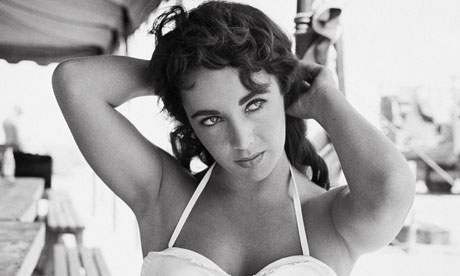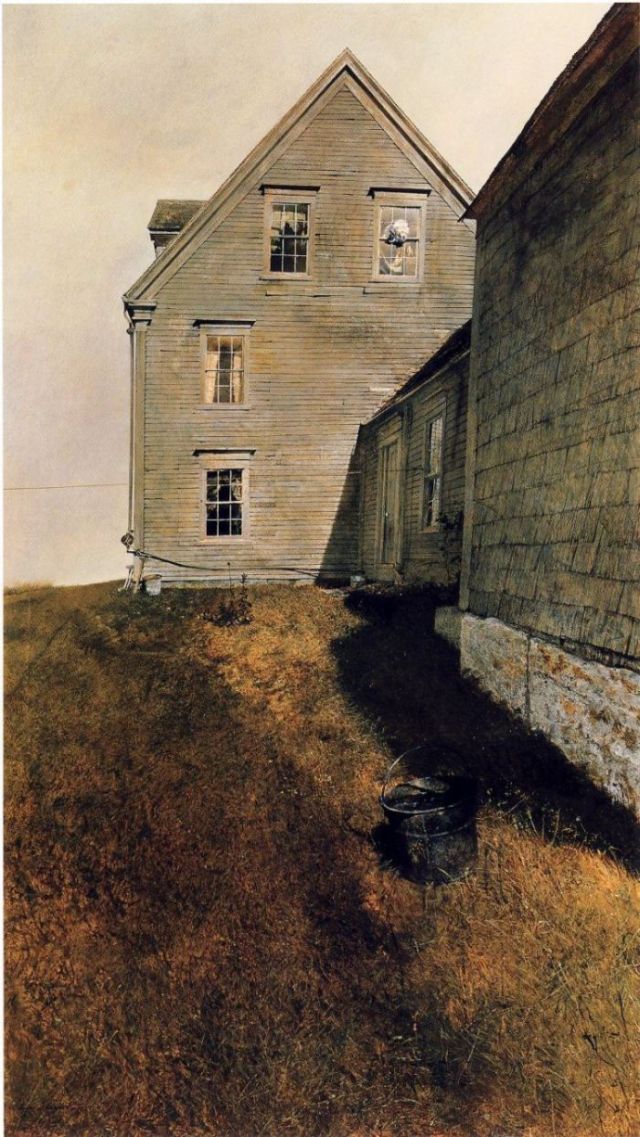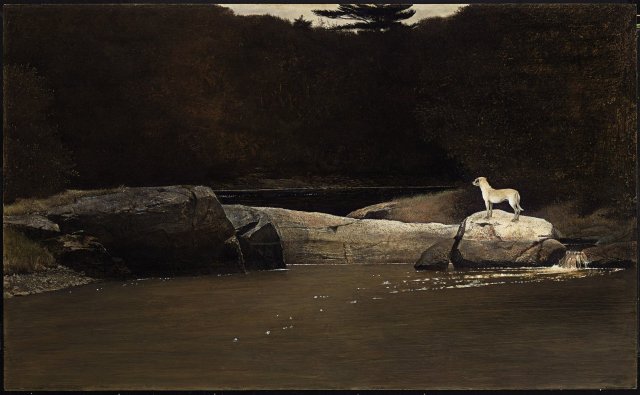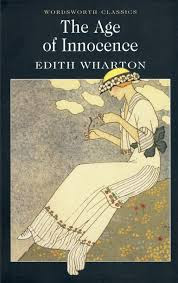Staring at the Flame
John Le Carré on Philip Seymour Hoffman
By John Le Carré
The New York Times, July 17, 2014
I reckon I spent five hours at most in Philip Seymour Hoffman’s close company, six at a pinch. Otherwise it was standing around with other people on the set of “A Most Wanted Man,” watching him on the monitor and afterward telling him he was great, or deciding better to keep your thoughts to yourself. I didn’t even do a lot of that: a couple of visits to the set, one silly walk-on part that required me to grow a disgusting beard, took all day and delivered a smudgy picture of somebody I was grateful not to recognize. There’s probably nobody more redundant in the film world than a writer of origin hanging around the set of his movie, as I’ve learned to my cost. Alec Guinness actually did me the favor of having me shown off the set of the BBC’s TV adaptation of “Tinker Tailor Soldier Spy.” All I was wanting to do was radiate my admiration, but Alec said my glare was too intense.
Come to think of it, Philip did the same favor for a woman friend of ours one afternoon on the shoot of “A Most Wanted Man” in Hamburg that winter of 2012. She was standing in a group 30-odd yards away from him, just watching and getting cold like everybody else. But something about her bothered him, and he had her removed. It was a little eerie, a little psychic, but he was bang on target because the woman in the case is a novelist, too, and she can do intensity with the best of us. Philip didn’t know that. He just sniffed it.
 |
Philip Seymour Hoffman, left, and John le Carré, during the filming of “A Most Wanted Man,”
which opens on July 25. |
In retrospect, nothing of that kind surprised me about Philip, because his intuition was luminous from the instant you met him. So was his intelligence. A lot of actors act intelligent, but Philip was the real thing: a shining, artistic polymath with an intelligence that came at you like a pair of headlights and enveloped you from the moment he grabbed your hand, put a huge arm round your neck and shoved a cheek against yours; or if the mood took him, hugged you to him like a big, pudgy schoolboy, then stood and beamed at you while he took stock of the effect.
Philip took vivid stock of everything, all the time. It was painful and exhausting work, and probably in the end his undoing. The world was too bright for him to handle. He had to screw up his eyes or be dazzled to death. Like Chatterton, he went seven times round the moon to your one, and every time he set off, you were never sure he’d come back, which is what I believe somebody said about the German poet Hölderlin: Whenever he left the room, you were afraid you’d seen the last of him. And if that sounds like wisdom after the event, it isn’t. Philip was burning himself out before your eyes. Nobody could live at his pace and stay the course, and in bursts of startling intimacy he needed you to know it.
 |
| Philip Seymour Hoffman, with Rachel McAdams, in “A Most Wanted Man,” based on the John le Carré novel. CreditKerry Brown/Roadside Attractions |
No actor had ever made quite the impact on me that Philip did at that first encounter: not Richard Burton, not Burt Lancaster or even Alec Guinness. Philip greeted me as if he’d been waiting to meet me all his life, which I suspect was how he greeted everyone. But I’d been waiting to meet Philip for a long time. I reckoned his “Capote” the best single performance I’d seen on screen. But I didn’t dare tell him that, because there’s always a danger with actors, when you tell them how great they were nine years ago, that they demand to know what’s been wrong with their performances ever since.
But I did tell him that he was the only American actor I knew who could play my character George Smiley, a role first graced by Guinness in the BBC “Tinker Tailor Soldier Spy,” and more recently by Gary Oldman in the big-screen adaptation — but then, as a loyal Brit, I was claiming Gary Oldman for our own.
Perhaps I was also remembering that, like Guinness, Philip wasn’t much of a lover on screen, but mercifully, we didn’t have to bother about that in our movie. If Philip had to take a girl in his arms, you didn’t actually blush and look away as you did with Guinness, but you couldn’t help feeling that somehow he was doing it for you rather than himself.
Our filmmakers had a lot of discussion about whether they could get Philip into bed with somebody, and it’s an interesting thought that when they did finally come up with a proposal, both partners ran a mile. It was only when the magnificent actress Nina Hoss appeared beside him that the makers realized they were looking at a small miracle of romantic failure. In her role, which was hastily bulked out, she is Philip’s adoring work mate, acolyte and steadying hand, and he breaks her heart.
That suited Philip just fine. His role of Günther Bachmann, middle-aged German intelligence officer on the skids, did not allow for enduring love or any other kind. Philip had made that decision from Day 1 and to rub it in, carried a well-thumbed paperback copy of my novel around with him — and what author of origin could ask more? — to brandish in the face of anyone who wanted to sex the story up.
 |
| Mr. Hoffman, right, on that film’s set with the director, Anton Corbijn, far left, and Willem Dafoe.CreditKerry Brown/Roadside Attractions |
The movie of “A Most Wanted Man” also features Rachel McAdams and Willem Dafoe, and opens in a cinema near you, I hope, so start saving now. It was shot almost entirely in Hamburg and Berlin, and numbers in its cast some of Germany’s most distinguished actors in relatively humble roles, not only the sublime Nina Hoss (the film “Barbara”), but also Daniel Brühl (“Rush”).
In the novel, Bachmann is a secret agent on his uppers. Well, Philip can relate to that. The character’s been whisked home from Beirut after losing his precious spy network to the clumsiness or worse of the C.I.A. He has been put out to grass in Hamburg, the city that played host to the 9/11 conspirators. Its regional intelligence arm, and many of its citizens, are still living with that embarrassment.
Bachmann’s self-devised mission is to put the score straight: not by way of snatch teams, waterboards and extrajudicial killings, but by the artful penetration of spies, by espousal, by using the enemy’s own weight to bring him down, and the consequent disarming of jihadism from within.
Over a fancy dinner with the filmmakers and the high end of the cast, I don’t remember either Philip or myself talking much about the actual role of Bachmann; just more generally, about such things as the care and maintenance of secret agents and the pastoral role incumbent on their agent runners. Forget blackmail, I said. Forget the macho. Forget sleep deprivation, locking people in boxes, simulated executions and other enhancements. The best agents, snitches, joes, informants or whatever you want to call them, I pontificated, needed patience, understanding and loving care. I like to think he took my homily to heart, but more likely he was wondering whether he could use a bit of that soupy expression I put on when I’m trying to impress.
 |
| Mr. Hoffman as a German intelligence officer on the skids in “A Most Wanted Man.”CreditKerry Brown/Roadside Attraction |
It’s hard now to write with detachment about Philip’s performance as a desperate middle-aged man going amok, or the way he fashioned the arc of his character’s self-destruction. He was directed, of course. And the director, Anton Corbijn, a cultural polymath in Philip’s class, is many wonderful things: photographer of world renown, pillar of the contemporary music scene and himself the subject of a documentary film. His first feature,“Control” in black and white, is iconic. He is currently making a movie about James Dean. Yet for all that, his creative talents, where I have seen them at work, strike me as inward and sovereign to himself. He would be the last person, I suspect, to describe himself as a theoretical dramatist, or articulate communicator about the inner life of a character. Philip had to have that dialogue with himself, and it must have been a pretty morbid one, filled with questions like: At which point exactly do I lose all sense of moderation? Or, why do I insist on going through with this whole thing when deep down I know it can only end in tragedy? But tragedy lured Bachmann like a wrecker’s lamp, and it lured Philip, too.
There was a problem about accents. We had really good German actors who spoke English with a German accent. Collective wisdom dictated, not necessarily wisely, that Philip should do the same. For the first few minutes of listening to him, I thought, “Crikey.” No German I knew spoke English like this. He did a mouth thing, a kind of pout. He seemed to kiss his lines rather than speak them. Then gradually he did what only the greatest actors can do. He made his voice the only authentic one, the lonely one, the odd one out, the one you depended on amid all the others. And every time it left the stage, like the great man himself, you waited for its return with impatience and mounting unease.
We shall wait a long time for another Philip.
John le Carré is the author of “A Most Wanted Man” and, most recently, “A Delicate Truth.” “A Most Wanted Man” will be in theaters on Friday.



















+(1).jpg)






